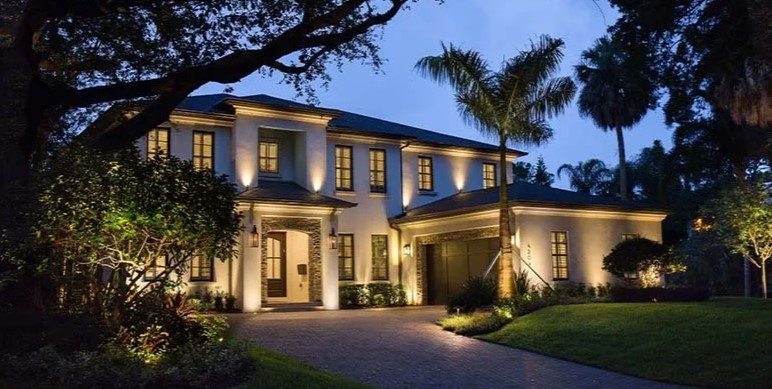What is Architectural Lighting?
Lighting does more than just help us see. It shapes how we feel in a space, highlights what’s important, and even affects how we work and relax. But creating the perfect lighting isn’t as simple as flicking a switch. It’s a careful blend of science and creativity that can transform any building from ordinary to extraordinary.
In this article, we’ll explore architectural lighting. We’ll look at how experts use light to enhance buildings, create mood, and make spaces more functional. Whether you’re curious about home design or wondering why some offices feel more inviting than others, understanding exterior architectural lighting will open your eyes to a whole new way of seeing the world around you.
Architectural Lighting
Architectural lighting refers to the use of light to enhance the architecture of a space, highlighting its features, improving functionality, and creating a specific mood or atmosphere. It goes beyond mere illumination, integrating light as a vital component of the architectural design.
The role of architectural lighting is to reveal the beauty of a structure while ensuring that spaces are practical and comfortable for their intended use. Effective architectural lighting design requires a deep understanding of both the technical aspects of lighting and the artistic elements of design.
Types of Architectural Lighting
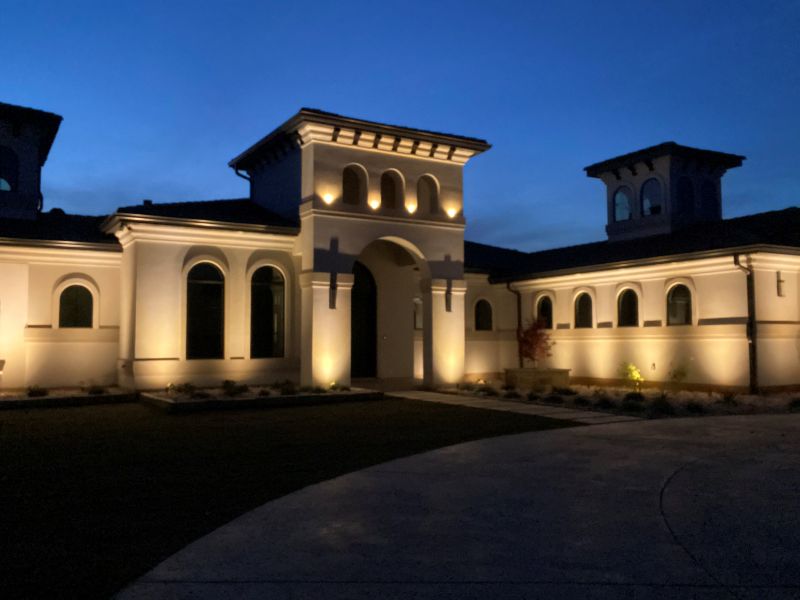
Ambient Lighting
Ambient lighting, also known as general lighting, provides a uniform level of illumination throughout a space. It ensures that the area is adequately lit for general use, creating a balanced and comfortable environment. Examples of ambient lighting include ceiling-mounted fixtures, chandeliers, and recessed lighting.
Task Lighting
Task lighting is focused lighting that helps perform specific tasks such as reading, cooking, or working. It is brighter than ambient lighting and is designed to reduce eye strain and increase productivity. Typical examples of task lighting are desk lamps, under-cabinet lights in kitchens, and vanity lights in bathrooms.
Accent Lighting
Accent lighting is used to emphasize particular architectural features, artworks, or decorative elements within a space. It creates visual interest and adds depth to the design. Techniques such as spotlighting, wall washing, and track lighting are often used to achieve accent lighting effects.
Decorative Lighting
Decorative lighting serves as an ornamental element in addition to providing illumination. It enhances the aesthetic appeal of a space and often becomes a focal point of the interior design. Chandeliers, pendant lights, and artistic light fixtures fall under this category.
Key Elements in Architectural Lighting Design
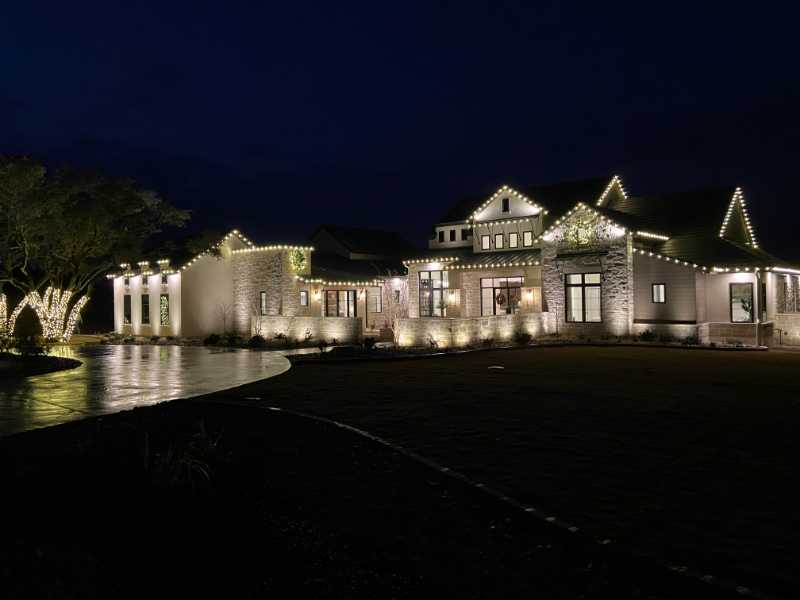
Light Fixtures and Lighting Systems
Selecting the right light fixtures and lighting systems is crucial for effective architectural lighting. Different fixtures, such as suspended lighting fixtures, linear LED surface lighting, and smart lighting systems, offer various functionalities and aesthetic qualities. The integration of smart lighting systems allows for greater control and customization of lighting scenarios.
Light Sources
The choice between natural light and artificial lighting significantly impacts the design and ambiance of a space. While natural light creates a dynamic and inviting atmosphere, artificial lighting provides consistent and controllable illumination. Different light bulbs, including LED bulbs, incandescent bulbs, and fluorescent lamps, offer various advantages in terms of energy efficiency, light quality, and environmental impact.
Energy Efficiency
Energy-efficient lighting solutions are essential for reducing the environmental footprint and operational costs of buildings. Outdoor LED soffit lighting is a popular choice due to its long lifespan, low energy consumption, and versatility. Incorporating energy-efficient lighting systems not only benefits the environment but also enhances the overall sustainability of a building.
Designing Architectural Lighting
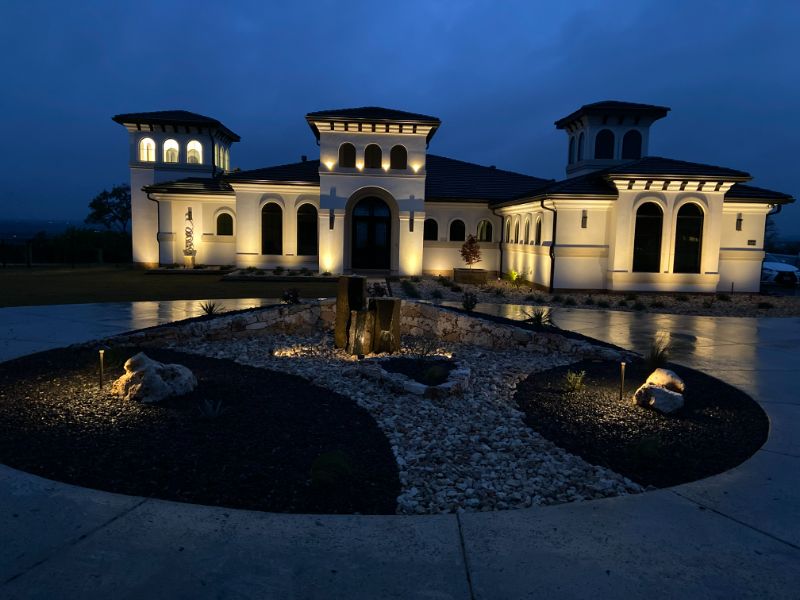
Role of Architectural Lighting Designers
Architectural lighting designers play a vital role in creating effective lighting solutions. They possess a deep understanding of lighting technology, design principles, and the psychological and physiological effects of light. These professionals collaborate with interior designers and electrical engineers to develop lighting plans that enhance both the functionality and aesthetics of a space.
Designing for Different Spaces
The approach to architectural lighting design varies based on the type of space and its intended use. Residential lighting design focuses on creating comfortable and inviting environments, while commercial lighting design emphasizes functionality, productivity, and brand image. Understanding the specific requirements of each space is crucial for designing effective lighting solutions.
Techniques and Strategies in Architectural Lighting
Effective architectural lighting design involves various techniques and strategies to achieve desired effects. Indirect lighting, such as cove lighting, soffit lighting, and valance lighting, creates a soft and diffused illumination that enhances the ambiance of a space.
Highlighting architectural elements through accent lighting techniques draws attention to design features and adds visual interest. Implementing energy-efficient solutions, such as LED lighting, ensures that the lighting design is both sustainable and cost-effective.
ALSO READ: How Architectural Lighting Design Enhances Building Aesthetics and Functionality
Techniques and Strategies in Architectural Lighting
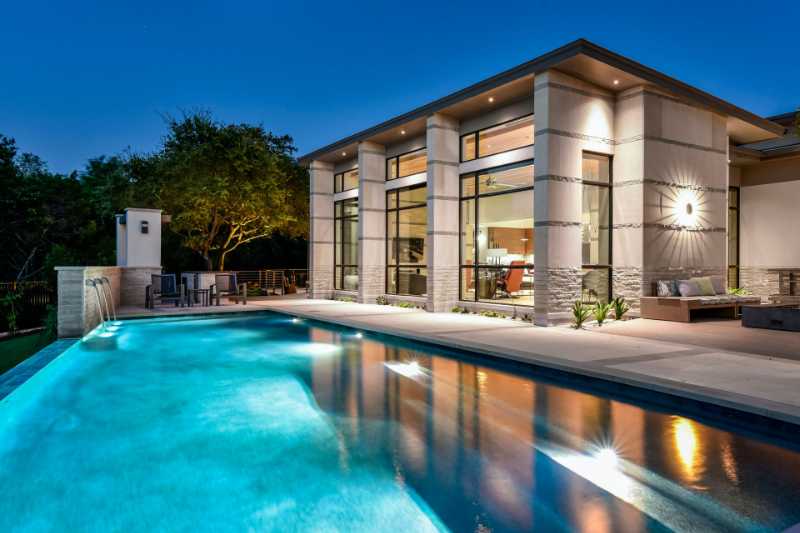
Indirect Lighting
Indirect lighting involves directing light towards a surface or object to reflect and diffuse the light, creating a soft, even illumination. This technique minimizes harsh shadows and glare, making it ideal for creating a cozy and inviting atmosphere. Examples of indirect lighting include:
- Cove Lighting: Lights are installed in a recess, high on a wall or ceiling, casting light upward or downward to create a soft glow.
- Soffit Lighting: Lights are placed in the soffit (the underside of a structure such as an arch or balcony) to illuminate walls or countertops.
- Valance Lighting: Lights are mounted above a window or on a wall, with the light directed both upward and downward, providing a balanced glow.
Highlight Architectural Features
Using accent lighting to highlight architectural elements adds depth and interest to a space. This technique draws attention to specific features, enhancing the overall design. Methods include:
- Spotlighting: Focused light is directed at a particular object or area, such as artwork, sculptures, or textured walls.
- Wall Washing: Light is evenly spread across a vertical surface, creating a smooth, ambient backdrop that highlights the texture and color of the wall.
- Track Lighting: Adjustable fixtures on a track system allow for flexible and precise lighting, ideal for emphasizing architectural features or art displays.
Energy-Efficient Solutions
Incorporating energy-efficient lighting solutions is essential for sustainable design. LED lighting is a preferred option because of its long lifespan, low energy usage, and versatility. Benefits of LED lighting include:
- Reduced Energy Costs: LEDs use significantly less electricity than traditional incandescent or fluorescent lamps, resulting in lower utility bills.
- Environmental Impact: Lower energy consumption translates to a reduced carbon footprint, making LED lighting an eco-friendly choice.
- Versatility: LED lights are available in various colors and temperatures, allowing for creative and customizable lighting designs.
Technological Advances in Lighting Design
Recent technological advances have significantly impacted the field of architectural lighting design. Innovations such as smart lighting systems, which allow for remote control and customization of lighting scenarios, have revolutionized the way spaces are illuminated.
Additionally, developments in LED technology have made energy-efficient lighting more accessible and versatile, enabling designers to create sustainable and visually stunning environments.
ALSO READ: Design and Safety: How to Place Outdoor Lighting for Maximum Impact
The Intersection of Art and Science in Architectural Lighting

Architectural lighting design is important as it represents the intersection of art and science, combining creative designs with technical precision to illuminate spaces effectively. This integration is essential in modern interiors, where the right lighting transforms the atmosphere, functionality, and aesthetic appeal of a space.
The Role of Lighting Professionals
Lighting professionals play a crucial role in achieving balanced general lighting that meets both technical and safety requirements. Their expertise in electrical engineering ensures that the lighting systems are safe, efficient, and compliant with all regulations. Proper lighting involves more than just choosing fixtures; it requires a deep understanding of light sources, their effects, and how to manipulate them to achieve the desired effect.
Creating the Desired Mood and Effect
Lighting can be used to create a desired mood and effect, making it a powerful decorative element in interior design. Warm lighting, for instance, creates a cozy and inviting atmosphere, ideal for residential spaces. In contrast, cooler lighting might be more suitable for commercial or office environments where clarity and focus are needed.
Incorporating Design Elements
Incorporating various design elements such as linear recessed lighting, glass valances, and steel beams can enhance a building’s aesthetic and highlight architectural elements. These fixtures are not only functional but also add visual interest and sophistication to the space. For example, a linear recessed light can provide a clean and modern look while ensuring seamless connections between different areas of the space.
Achieving General Illumination
Achieving general illumination involves strategically placing light sources to ensure that all areas of a room are adequately lit without creating harsh shadows or glare. This requires a thoughtful combination of ambient, task, and accent lighting to create a harmonious and visually revealing environment.
The Importance of Creative Designs
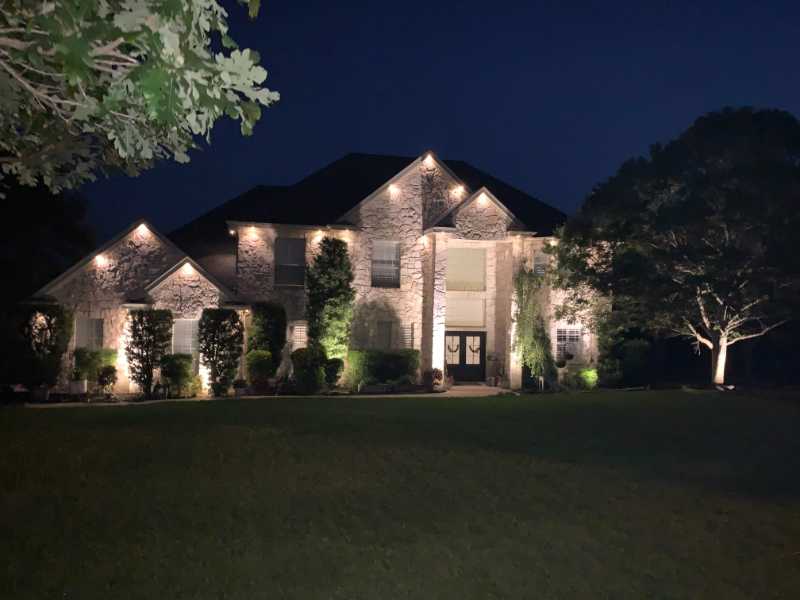
Creative designs in architectural lighting are crucial for designing interiors that are both functional and aesthetically pleasing. Lighting professionals use their skills to design spaces that not only meet practical needs but also enhance the overall design. Whether it’s highlighting a unique architectural element or creating a desired linear design, the right lighting can significantly impact the look and feel of a space.
Final Thoughts
In conclusion, architectural lighting plays a crucial role in enhancing the functionality and aesthetic appeal of spaces. By understanding the different types of lighting, key elements in lighting design, and effective techniques and strategies, it is possible to create environments that are both visually appealing and practical.
Whether you are designing a residential or commercial space, consulting with professional architectural lighting designers is essential to achieve optimal results. Their expertise and knowledge of the latest technological advances ensure that your lighting design will be both innovative and energy-efficient, enhancing the overall experience of the space.
If you’re looking to enhance the beauty and functionality of your space with expert architectural lighting design, contact Plano Outdoor Lighting Co today!

